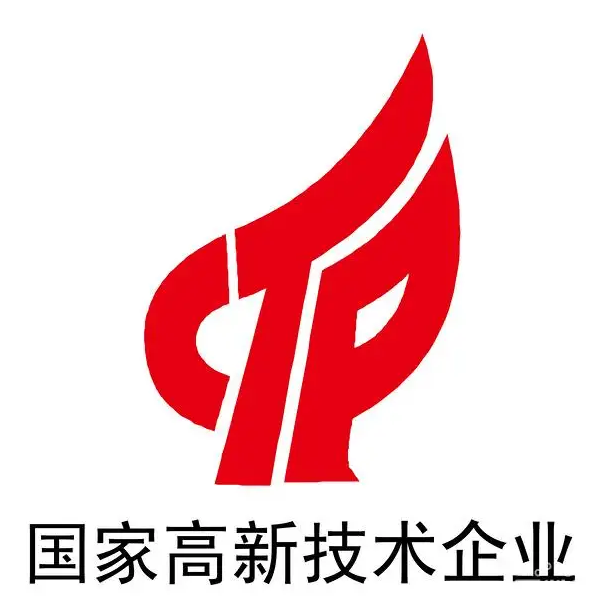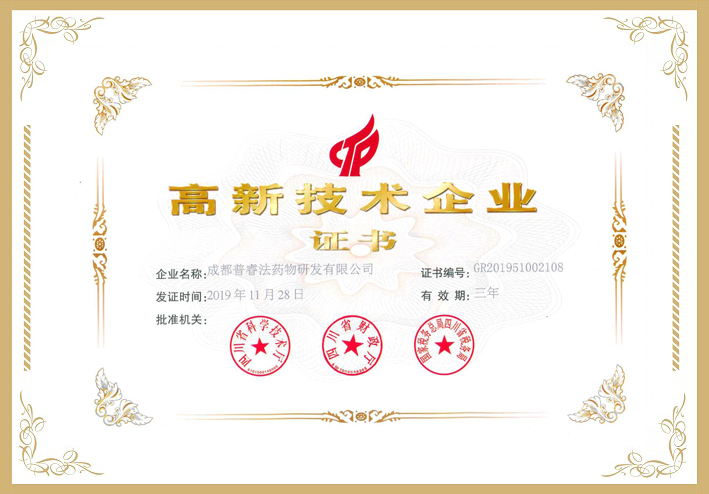Abstract
Orostachys japonicus has traditionally been used as a food product and a fork medicine in Asia to treat various diseases. Angiogenesis is a critical process that contributes to various chronic diseases via excessive delivery of oxygen and nutrients. Common anti‐angiogenic drugs have serious problems related to high costs and side effects; thus, natural products with low costs and no cytotoxicity have garnered increasing interest. In this study, we evaluated and compared the anti‐angiogenic effects and phenolic compound contents between wild (WOEs) and cultivated O. japonicus extracts (COEs) prepared under various extract conditions. WOEs and COEs suppressed cell proliferation of human umbilical vein endothelial cells (HUVECs) and inhibited vascular endothelial growth factor‐induced chemotactic migration, invasion, and capillary‐like tube formation in HUVECs. Among COEs, that prepared by 70% EtOH (70% CE) showed the most effective anti‐angiogenic activity in HUVECs. When compared to WOEs, total polyphenol and total flavonoid contents were 1.28 to 4.38 times higher in COEs, and 70% CE contained the greatest flavonoid contents (28.28 ± 0.93 mg%), as well as the highest levels of major phenolic compounds including gallic acid (21.84 µg/mL), epicatechin‐gallate (6.58 µg/mL), kaempferol (6.32 µg/mL), and quercetin (8.55 µg/mL). Although further studies are required to identify the molecular mechanisms behind these anti‐angiogenic effects, 70% CE could be used as an herbal medicine, functional food ingredient, and potent angiogenesis inhibitor.
… Kaempferol‐3‐rutinoside (Catalog No. 17650‐84‐9, purity >98%) were purchased from Chengdu Biopurify Phytochemicals Ltd. (Sichuan, China, purity >98%). Kaempferol‐3‐d‐glucopyranoside (Catalog No. 79851, purity >97%), kaempferol (Catalog No …























